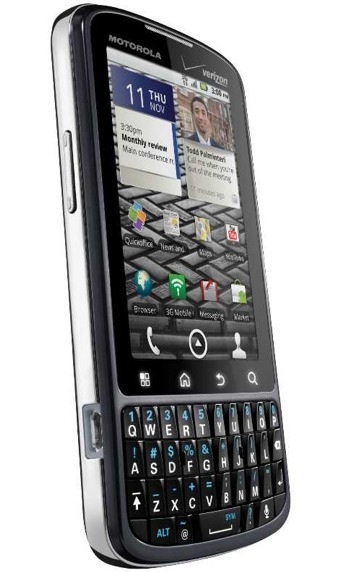
Today Sony hosted PlayStation Meeting 2011 in Japan, and there they announced the successor to the PSP (codenamed NGP) and provided details on how they plan to expand the PlayStation brand to Android devices.
Let’s start with what you’ve been waiting oh-so-long for. The oft-rumored PSP2 has finally been unveiled. But don’t call it that; Sony has branded the new device “Next Generation Portable” or NGP for short. Though at first glance the NGP aesthetically appears similar to its predecessor, additional control options and the spec sheet will blow your mind. The NGP packs a 5-inch 960×544 OLED capacitive multitouch display (OLED screen technology allows for great viewing angles, and the screen resolution is 4x greater than the PSP’s), a powerful quad-core ARM Cortex-A9 processor, a quad-core Imagination Technologies PowerVR SGX543MP4+ GPU, dual analog sticks (as opposed to the PSP’s single analog nub), front and rear-facing cameras, built-in GPS, WiFi, 3G, Bluetooth, microphone, stereo speakers, the same Six-axis motion sensing system that’s featured in the PlayStation Move controller (three-axis gyroscope, three-axis accelerometer), and there’s a three-axis electronic compass. Buttons-wise, you’ll find the usual suspects: the D-Pad, action buttons (triangle, circle, cross, square), left and right shoulder buttons, start, select, volume, power and PS buttons. And I’ve managed to save the coolest new input implementation for last. The NGP packs a rear-mounted multitouch pad; it’s the same size as the front-facing OLED display, so the location of your finger is mapped directly to the game screen. This new kind of input allows for “touch, grab, trace, push and pull” finger gestures and will open up a whole new world of gaming opportunities for developers. All of this is stuffed inside a “Super Oval Design” form factor that is, again, similar to the PSP (there is no slide-up mechanism as featured in the PSP Go). Continue reading Sony unveils the PSP successor, brings PS games to Android devices with PlayStation Suite






























